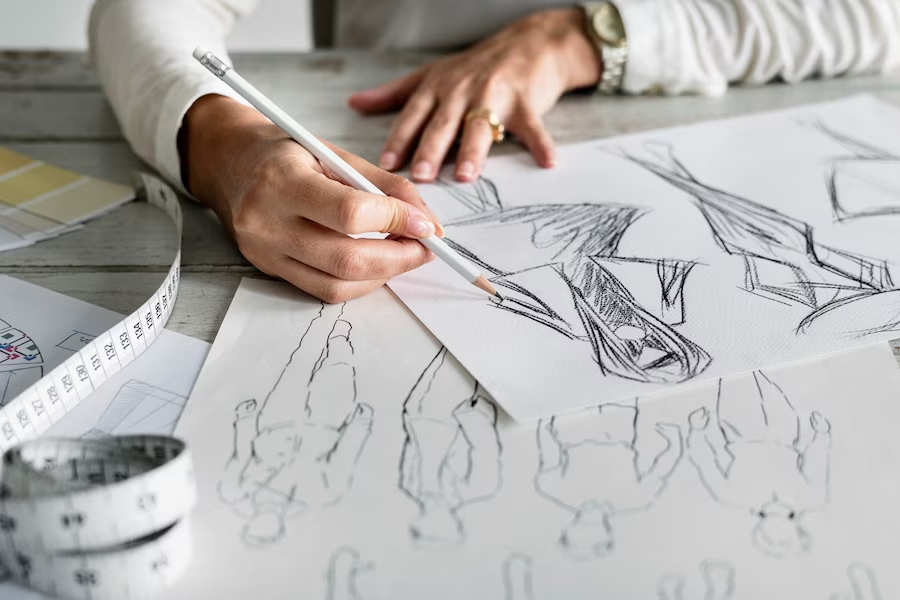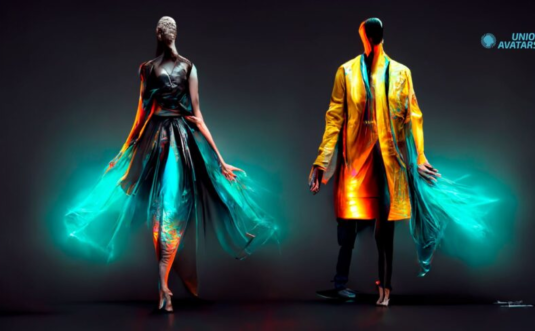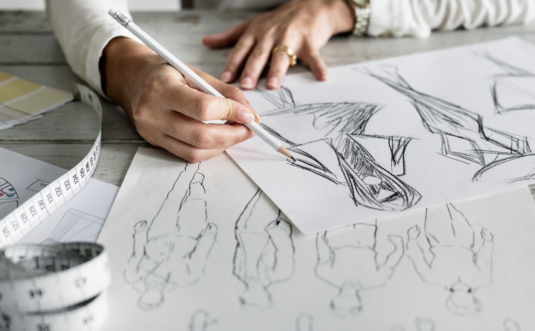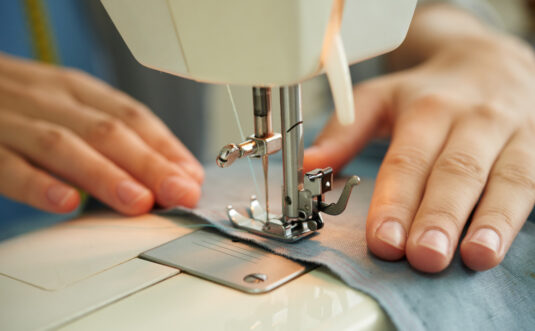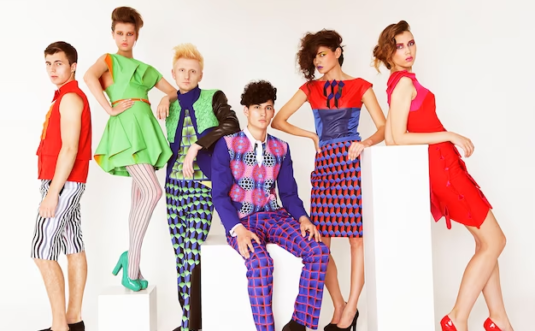Fashion design drawing, a field where imagination meets fabric, where creativity blooms into style, is much more than a pretty sketch on paper. It’s an in-depth process that requires mastery of various techniques, an understanding of human anatomy, and a sensitivity towards fabrics and colors.
Origins of Fashion Illustration
Long before photography, fashion illustration was the primary medium to share fashion trends with the world. From the fashion plates of the 19th century to the glamorous Vogue magazine covers, illustration has been pivotal in shaping the world of fashion.
- The Renaissance Period: Fashion illustration began to emerge in the 15th century during the Renaissance period. Tailors would create doll-sized versions of outfits for royal clients to view and select;
- The 19th Century: The advent of printing technology saw the widespread use of fashion plates, printed illustrations showcasing the latest fashion trends;
- The 20th Century: Post World War II, fashion magazines shifted towards photography, reducing the use of illustrations. However, illustrations still found their niche in haute couture and high-end fashion design.
Understanding the Fashion Figure
In fashion design, the model figure or ‘croquis’ is stylized to better showcase the garments. Typically, this figure is elongated to nine heads tall, rather than the average human figure’s seven-and-a-half heads. This elongation adds elegance and drama, providing a canvas that emphasizes the design rather than the figure itself. Understanding this stylized anatomy is key to mastering fashion illustration.
Here’s a breakdown of the nine-head fashion figure:
- Head: The basis for all measurement; the figure is nine heads tall;
- Neck and Shoulders: Approximately half a head in length;
- Bust and Waist: From the shoulder, two heads down marks the bust line, two and a half heads mark the waist;
- Hips: Located at three heads from the shoulder line;
- Legs: They occupy more than half the figure, extending for five heads’ length;
- Arms: The elbow falls at the waist level, while the wrist falls at the hip level.
Essential Techniques in Fashion Illustration
To bring your creative vision to life, you need to master various techniques in fashion illustration:
| Stage | Description |
|---|---|
| Line Drawing | This involves sketching the basic figure and the design outlines. It is crucial to understand the flow and movement of lines to illustrate the movement of fabric and the pose of the figure. |
| Shading | Shading brings depth and dimension to your sketches. It helps in representing the drapery and folds of the fabric, which gives a realistic appearance to the garments. |
| Rendering | Rendering is the process of adding colors, patterns, and textures to your designs. This step is essential in bringing out the intricate details of the garment, such as the fabric type, decorative elements, and the overall mood of the design. |
| Stylizing | In fashion illustration, stylization adds a distinctive charm to the design. It could be in the form of exaggerated proportions, abstract shapes, or a unique color palette. Each designer usually develops their own signature style over time. |
Mastering Garment Drawing
One of the critical skills in fashion illustration is the ability to draw different types of garments on the fashion figure. Here are some tips for mastering garment drawing:
- Understand the Drape: Different fabrics drape differently. For example, silk flows smoothly, while denim is stiffer. Reflecting this in your drawing is vital to realistically portraying the design;
- Show the Fit: How a garment fits on the body — whether it’s tight, loose, structured, or flowing — should be evident in your sketch;
- Represent Design Details:Elements like seams, buttons, ruffles, gathers, etc., need to be accurately depicted in the drawing;
- Draw Different Garment Types: Practice drawing a variety of garments — dresses, pants, jackets, blouses, etc., in different styles and cuts.
Incorporating Color and Shading in Fashion Illustration
In fashion design, color isn’t just an aesthetic element but also a way to communicate the mood and feel of a collection. When working with colors in fashion illustration:
- Study Color Theory: Understanding the color wheel, complementary colors, analogous colors, and color moods can significantly improve your use of color in design;
- Apply Shading Techniques: Shading provides depth to your illustration, giving it a three-dimensional feel. Basic shading techniques like hatching, cross-hatching, and blending are useful tools;
- Practice Rendering Fabrics: Different fabrics have unique characteristics that impact their color and shading. For instance, satin reflects light, creating high contrast in shades, while velvet absorbs light, resulting in deeper, richer tones.
Digital Fashion Illustration
While traditional drawing is still prevalent, many fashion illustrators now use digital tools for their versatility and convenience. Programs like Adobe Illustrator, Photoshop, and Procreate offer endless possibilities for experimentation.
- Versatility: Digital tools allow for easy modifications and endless customization. You can play around with colors, textures, patterns, and effects without having to redo the entire design;
- Efficiency: With digital tools, sharing your designs, collaborating with teams, or making last-minute changes becomes a breeze;
- Realism: Some advanced software can simulate different fabrics, allowing you to create highly realistic renderings.
However, it’s crucial to remember that digital tools are just that – tools. They are not a replacement for fundamental drawing skills, which remain at the heart of fashion illustration.
Role of Fashion Illustration in the Fashion Industry
Fashion illustration plays a vital and multi-faceted role in the fashion industry. It serves various purposes and contributes to different aspects of the design and production process. Here are some key roles of fashion illustration:
| Concept | Description |
|---|---|
| Conceptualization | Fashion illustration serves as a crucial tool for designers to conceptualize their ideas and translate them into visual representations. By sketching garments and accessories, designers can explore different design options, experiment with shapes, silhouettes, and details, and refine their concepts before the actual production process begins. Fashion illustrations allow designers to visualize their ideas and make necessary adjustments to achieve the desired aesthetic and functionality. |
| Communication | Fashion illustration acts as a means of communication between designers and the production team. It helps convey the designer’s vision and design specifications to pattern makers, seamstresses, and other professionals involved in the production process. Through detailed illustrations, designers can effectively communicate garment construction techniques, fabric choices, color schemes, and embellishment details. This ensures that the final product aligns with the designer’s original concept and meets the desired quality standards. |
| Marketing and Promotion | Fashion illustrations are widely used in marketing and promotional materials within the fashion industry. They play a crucial role in capturing the essence of a designer’s collection and conveying the brand’s identity. Fashion illustrations are often featured in look-books, advertisements, fashion magazines, social media content, and websites. They help create a cohesive and visually appealing representation of the brand’s aesthetic, enabling potential customers to connect with the brand and its offerings. |
Conclusion
Fashion design drawing is a multifaceted and intricate process that goes beyond creating pretty sketches. It has a rich history that predates photography and has been instrumental in shaping the world of fashion. Understanding the stylized anatomy of the fashion figure, mastering essential techniques such as line drawing, shading, rendering, and stylization, and developing the ability to draw different garment types are all crucial skills in fashion illustration. Incorporating color theory and shading techniques, as well as exploring digital tools, can enhance the creative possibilities.
Fashion illustration plays various roles in the fashion industry, including conceptualization, communication, and marketing. While drawing skills remain fundamental, digital tools offer versatility and efficiency. Ultimately, fashion illustration is a powerful means of visualizing and communicating ideas, capturing the essence of a collection, and promoting brands in a visually compelling way.
FAQ
While not every fashion designer is a skilled illustrator, the ability to draw your designs allows you to communicate your vision effectively.
Neither is better; both have their own advantages. Traditional illustration can provide a tactile experience and a personal touch, while digital illustration offers versatility and efficiency. Many designers use a combination of both.
Practice is the key. Regularly draw different poses, garments, and fabric types. Study fashion trends, human anatomy, and color theory. Experiment with different techniques and mediums, and don’t be afraid to develop your own unique style.
A ‘croquis’ is a quick sketch of a fashion figure. It serves as a template on which the designs are rendered. The fashion figure croquis is usually nine heads tall to stylize and exaggerate the human form for a dramatic effect.
